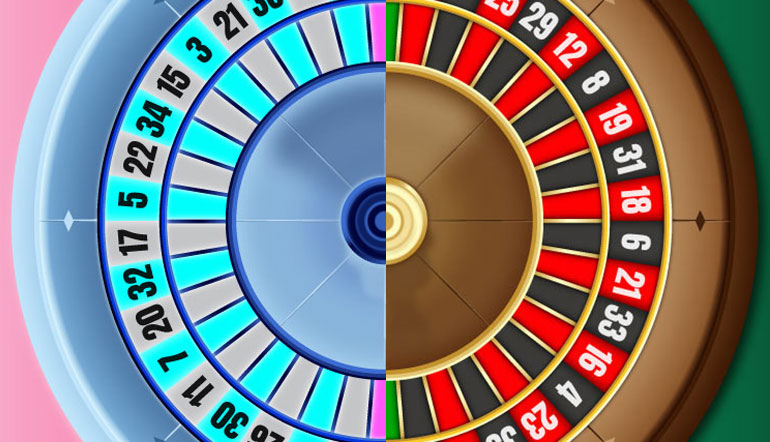Law Of Uneven Distribution Roulette
The 35 to 1 System is based on what is known as the 'law of uneven distribution'. Is a fact that numbers on a roulette wheel tend to repeat often. During any 38-spin. Cycle, not all numbers will appear, but certainly over trials of millions of spins all. Roulette numbers will even out. Apr 29, 2015 No. It really only holds when the numbers are distributed over many orders of magnitude, which wouldn't be the case in roulette. The cause of this is essential that a random set of numbers without any inherent alignment with your numbering system. Law of the Third as a Strategy for Roulette. The Law of the Third is a roulette system based on the mathematical fact that, after a set number of spins, certain numbers will not have appeared. If a roulette wheel was made of a set of gears, 37 in all, each cog in the gear would touch once in a full revolution.
Successfully working your way through probability problems means understanding some basic rules of probability along with discrete and continuous probability distributions. Use some helpful study tips so you’re well-prepared to take a probability exam.
Principles of Probability
The mathematics field of probability has its own rules, definitions, and laws, which you can use to find the probability of outcomes, events, or combinations of outcomes and events. To determine probability, you need to add or subtract, multiply or divide the probabilities of the original outcomes and events. You use some combinations so often that they have their own rules and formulas. The better you understand the ideas behind the formulas, the more likely it is that you’ll remember them and be able to use them successfully.
Probability rules
Probability definitions
Probability laws
Counting rules
Discrete Probability Distributions
In probability, a discrete distribution has either a finite or a countably infinite number of possible values. That means you can enumerate or make a listing of all possible values, such as 1, 2, 3, 4, 5, 6 or 1, 2, 3, . . .
There are several kinds of discrete probability distributions, including discrete uniform, binomial, Poisson, geometric, negative binomial, and hypergeometric.
Continuous Probability Distributions
When you work with continuous probability distributions, the functions can take many forms. These include continuous uniform, exponential, normal, standard normal (Z), binomial approximation, Poisson approximation, and distributions for the sample mean and sample proportion.

When you work with the normal distribution, you need to keep in mind that it’s a continuous distribution, not a discrete one. A continuous distribution’s probability function takes the form of a continuous curve, and its random variable takes on an uncountably infinite number of possible values. This means the set of possible values is written as an interval, such as negative infinity to positive infinity, zero to infinity, or an interval like [0, 10], which represents all real numbers from 0 to 10, including 0 and 10.
Probability Study Tips
If you’re going to take a probability exam, you can better your chances of acing the test by studying the following topics. They have a high probability of being on the exam.


Uneven Distribution Of Water
The relationship between mutually exclusive and independent events
Identifying when a probability is a conditional probability in a word problem
Probability concepts that go against your intuition
Marginal, conditional, and joint probabilities for a two-way table
The Central Limit Theorem:
When to use a permutation and when to use a combination
Finding E(X) from scratch and interpreting it
Sampling with replacement versus without replacement
The Law of Total Probability and Bayes’ Theorem
When the Poisson and exponential are needed in the same problem